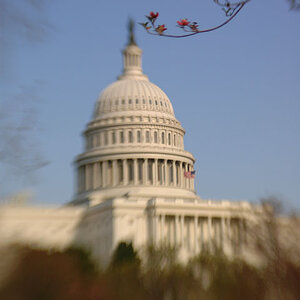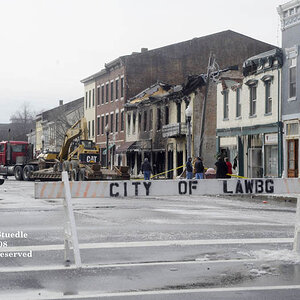Boden
TPF Noob!
- Joined
- Apr 17, 2007
- Messages
- 74
- Reaction score
- 0
- Website
- www.recordingproject.com
- Can others edit my Photos
- Photos OK to edit
Hello! I hope I'm not out of line, but I have a few questions that have probably already been answered here; I just don't know what to look for.
I'm very new to this photography thing, and have recently acquired a Nikon D80 in a kit with a couple of cheap lenses: Nikon DX AF-S Nikkor 55-200mm and a Nikon DX AF-S Nikkor 18-55mm. Some of my questions are specific to the Nikon, and some are general.
1) Starting right off with lens identification, what do I have and how I refer to them?
2) My D80 has several image "optimization" settings. Are these optimizations processed after capture, or do they somehow affect capture? If I shoot RAW, do they have any affect? I'm would have assumed no, but when I shoot a black and white in RAW mode, it comes out black and white, although the histogram indicates color content. Hm.
3) Color mode: "Chose la for portrait shots and IIIa for nature or landscape shots. [...] Mode II is the preferred choice for photos that will be extensively processed or retouched." What in the world? Why not just have "best color possible" mode? Again, does this affect capture or can it be adjusted by shooting RAW?
4) P vs. A: so Aperture mode is self-explanatory, the camera adjusts shutter speed to expose properly at a chosen aperture. But it looks like Flexible Program mode does exactly the same thing. What is the difference?
Ok, so some general questions now:
5) I'm starting to really understand the limitations of photography, and how I have to learn how to look at and for things differently. One problem I'm having, though, is that all of my photographs seem to come out with very low contrast...as if you took a good image in photoshop and adjusted the ol' contrast slider down several notches. This happens when I'm shooting landscapes, stills, whatever. Tips?
6) Whenever I shoot at 200mm, my images tend to come out blurry. Is this because I just happen to be farther away from the subject when I'm using the zoom? It seems to me that this could be the case because small movements in the camera would translate to large movements at the focal point (if I'm saying that right).
7) What is the general consensus when it comes to editing / enhancing images in software? I come from an audio world where people often frown upon excessive signal processing, especially if the processing is intended to "fix" problems during recording. In the digital photography realm though it seems like people process the heck out of everything. I feel guilty when I use photoshop, as if the image should be almost perfect right off the CCD, and enhancing should only be used to get it ready for its final medium.
8) What's the deal with previewing images on camera LCD screens? According to my LCD screen I'm the best photographer on the planet. When I look at the actual photos, however, my novice is exposed (no pun intended). Is there a market for thumbnail photographers?
I'm going to stop now. These questions have been building up for a few weeks now and I just had to get them out. Much appreciation to anyone who is willing to help. Thanks!
I'm very new to this photography thing, and have recently acquired a Nikon D80 in a kit with a couple of cheap lenses: Nikon DX AF-S Nikkor 55-200mm and a Nikon DX AF-S Nikkor 18-55mm. Some of my questions are specific to the Nikon, and some are general.
1) Starting right off with lens identification, what do I have and how I refer to them?
2) My D80 has several image "optimization" settings. Are these optimizations processed after capture, or do they somehow affect capture? If I shoot RAW, do they have any affect? I'm would have assumed no, but when I shoot a black and white in RAW mode, it comes out black and white, although the histogram indicates color content. Hm.
3) Color mode: "Chose la for portrait shots and IIIa for nature or landscape shots. [...] Mode II is the preferred choice for photos that will be extensively processed or retouched." What in the world? Why not just have "best color possible" mode? Again, does this affect capture or can it be adjusted by shooting RAW?
4) P vs. A: so Aperture mode is self-explanatory, the camera adjusts shutter speed to expose properly at a chosen aperture. But it looks like Flexible Program mode does exactly the same thing. What is the difference?
Ok, so some general questions now:
5) I'm starting to really understand the limitations of photography, and how I have to learn how to look at and for things differently. One problem I'm having, though, is that all of my photographs seem to come out with very low contrast...as if you took a good image in photoshop and adjusted the ol' contrast slider down several notches. This happens when I'm shooting landscapes, stills, whatever. Tips?
6) Whenever I shoot at 200mm, my images tend to come out blurry. Is this because I just happen to be farther away from the subject when I'm using the zoom? It seems to me that this could be the case because small movements in the camera would translate to large movements at the focal point (if I'm saying that right).
7) What is the general consensus when it comes to editing / enhancing images in software? I come from an audio world where people often frown upon excessive signal processing, especially if the processing is intended to "fix" problems during recording. In the digital photography realm though it seems like people process the heck out of everything. I feel guilty when I use photoshop, as if the image should be almost perfect right off the CCD, and enhancing should only be used to get it ready for its final medium.
8) What's the deal with previewing images on camera LCD screens? According to my LCD screen I'm the best photographer on the planet. When I look at the actual photos, however, my novice is exposed (no pun intended). Is there a market for thumbnail photographers?
I'm going to stop now. These questions have been building up for a few weeks now and I just had to get them out. Much appreciation to anyone who is willing to help. Thanks!


![[No title]](/data/xfmg/thumbnail/35/35947-ab35bfc67d8e12ce65dda301d3bf2b66.jpg?1619737255)
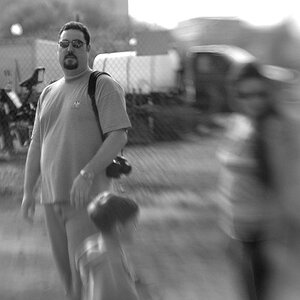
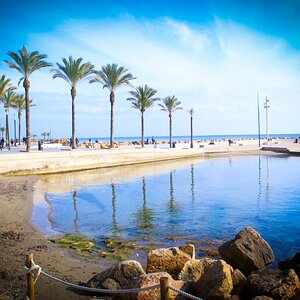
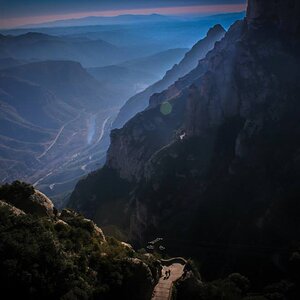
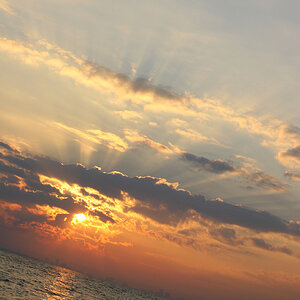
![[No title]](/data/xfmg/thumbnail/32/32634-5acd0e44e1d927b93e8723d9184555d9.jpg?1619735554)
